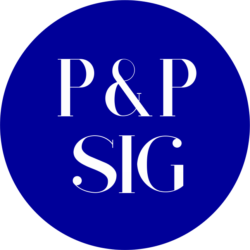Absolute Consulting is offering STC Policies & Procedures SIG members a $100 rebate on their next PPA Procedure Writer Certification course, November 30 – December 2, 2015 in Nashville, TN.
Developed and managed by the Procedure Professionals Association (PPA) using input from an array of industry experts, the PPA Procedure Writer Certification is recognized as a value added approach to aligning procedure writers with best practices.
For more information on this course, visit the PPA Website (ppaweb.org) or the Absolute Consulting Website (absoluteconsulting.com).
To take advantage of this offer, see Nathan Rightmer’s Nov 10th post to the P&P Discussion List.
